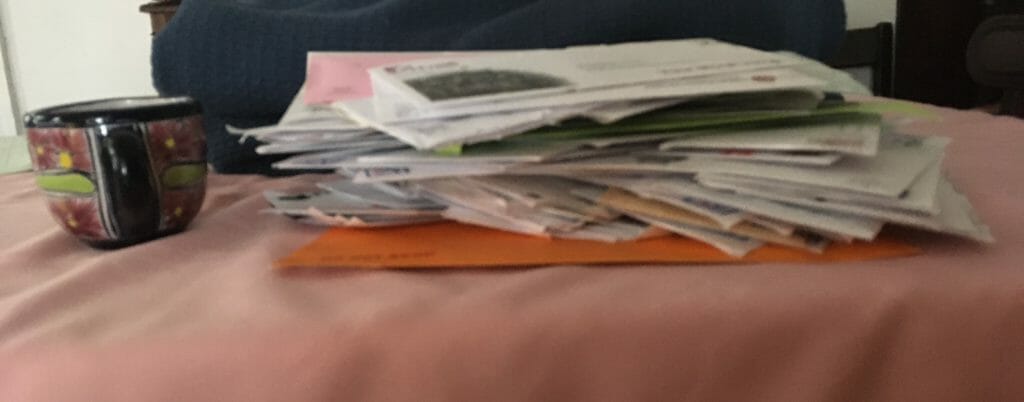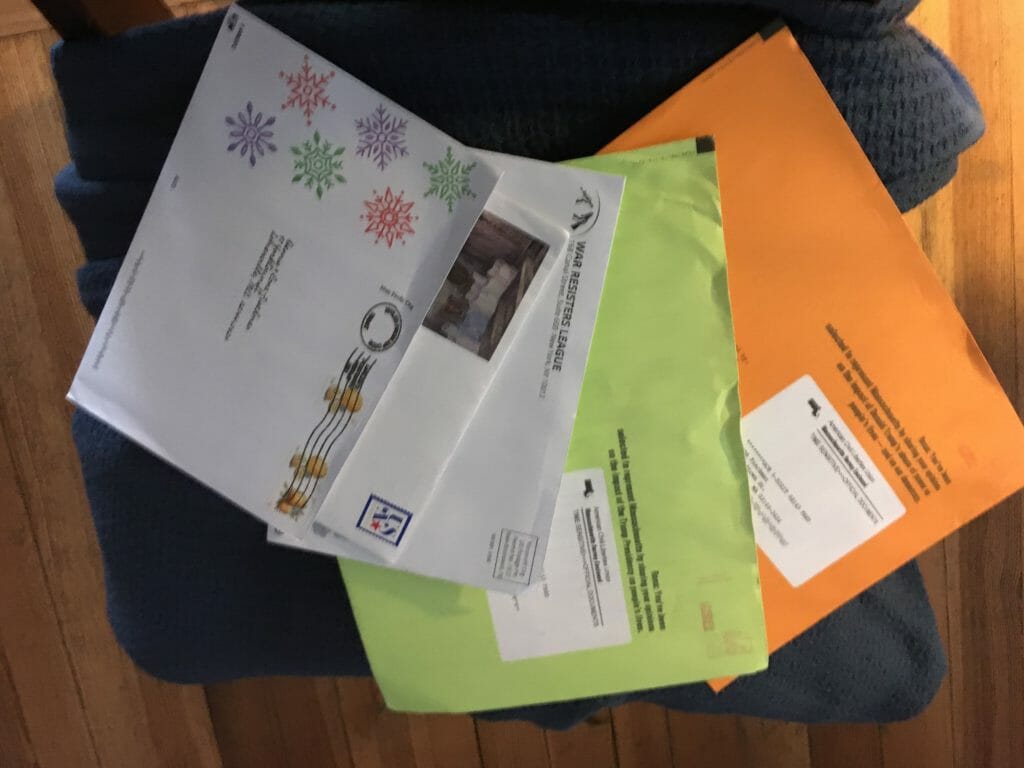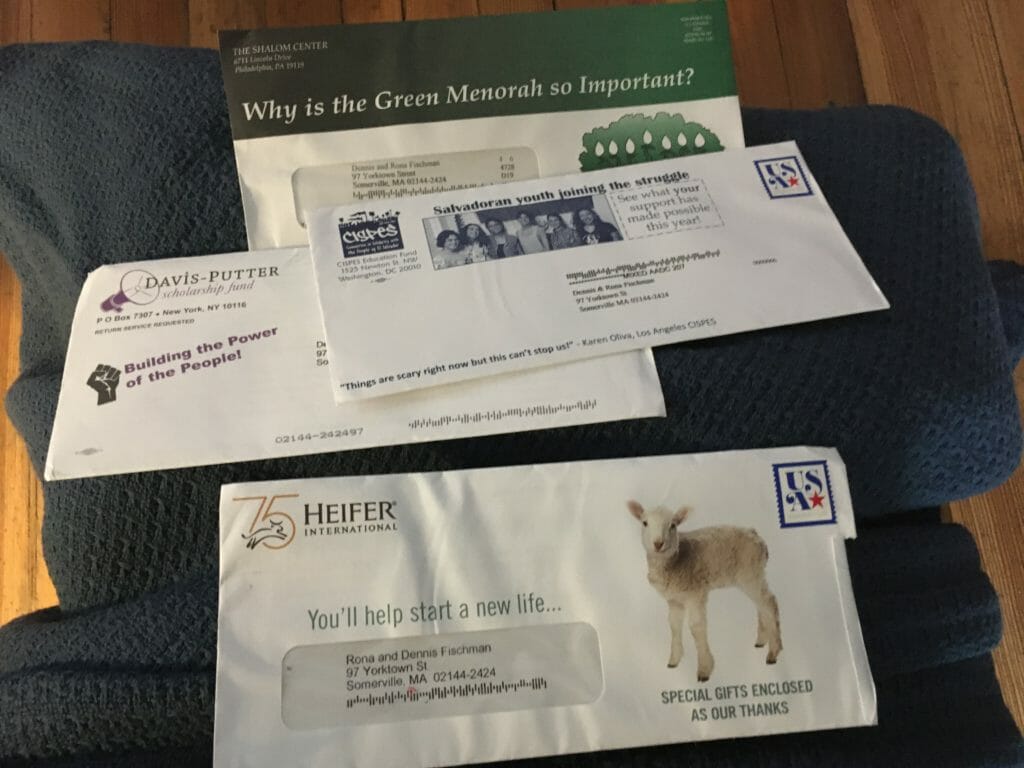Did you get a lot of requests for donations in the mail last year? So did I. I just held a ruler up to the stack of mail that arrived in November and December of 2019. It was more than six inches worth of paper.
Taller than a coffee cup. For sure. But more powerful?
The power of the nonprofit message all depends on whether we choose to open the envelope.
Direct Mail is You Against the World
Piles of envelopes coming through the mail: at home, we are used to that. As donors ourselves, we may have a routine: open the mail next to the recycling bin and pitch, pitch, pitch. Save that one for later. Pitch, pitch, pitch.
That includes the organizations we love and the organizations we’ve never heard of. The appeal letters are mixed in with the bills and the marketing mail. It’s all just a mass of paper, and the more we throw into the bin, the more we win.
We know that when we are at home, thinking like donors. But as soon as we get to the office, we forget it. Our nonprofit is so special, and its work is so important. Donors must be dying to see, open, and read everything we send them. Right?
Wrong. Our appeal letters are part of the pile, and it’s our direct mail against letters from everybody else in the world–until we do something that makes donors want to read them. Often, that’s the envelope.
Envelopes that Welcome Donors In
Statistically, one of the best ways to get your mail to stand out from the pack is to send it in an oversized envelope. Whether that’s a full sheet of paper or a greeting card size, it immediately calls attention to itself.
As you can see, some of these envelopes use graphics to differentiate themselves, too. That’s even more important if you’re sending appeal letters in regular business-sized envelopes. An envelope with graphics…
..or an envelope that IS a graphic!
With or without a drawing or photo on the front, some envelopes beg to be opened because they have a compelling message there. United Farm Workers warns “Workers hung out to dry.” Don’t you want to open the envelope to find out what that mean, and what you can do about it?
In These Times magazine says, in bright red script letters, “Help the press protect democracy.” (They also used a colorful first-class stamp, which catches the eye–and is known to get a better result than a nonprofit imprint.)
What did your nonprofit do in 2019 to make sure your envelope would get opened?
What will you do in 2020, now that you’ve looked at these examples?








